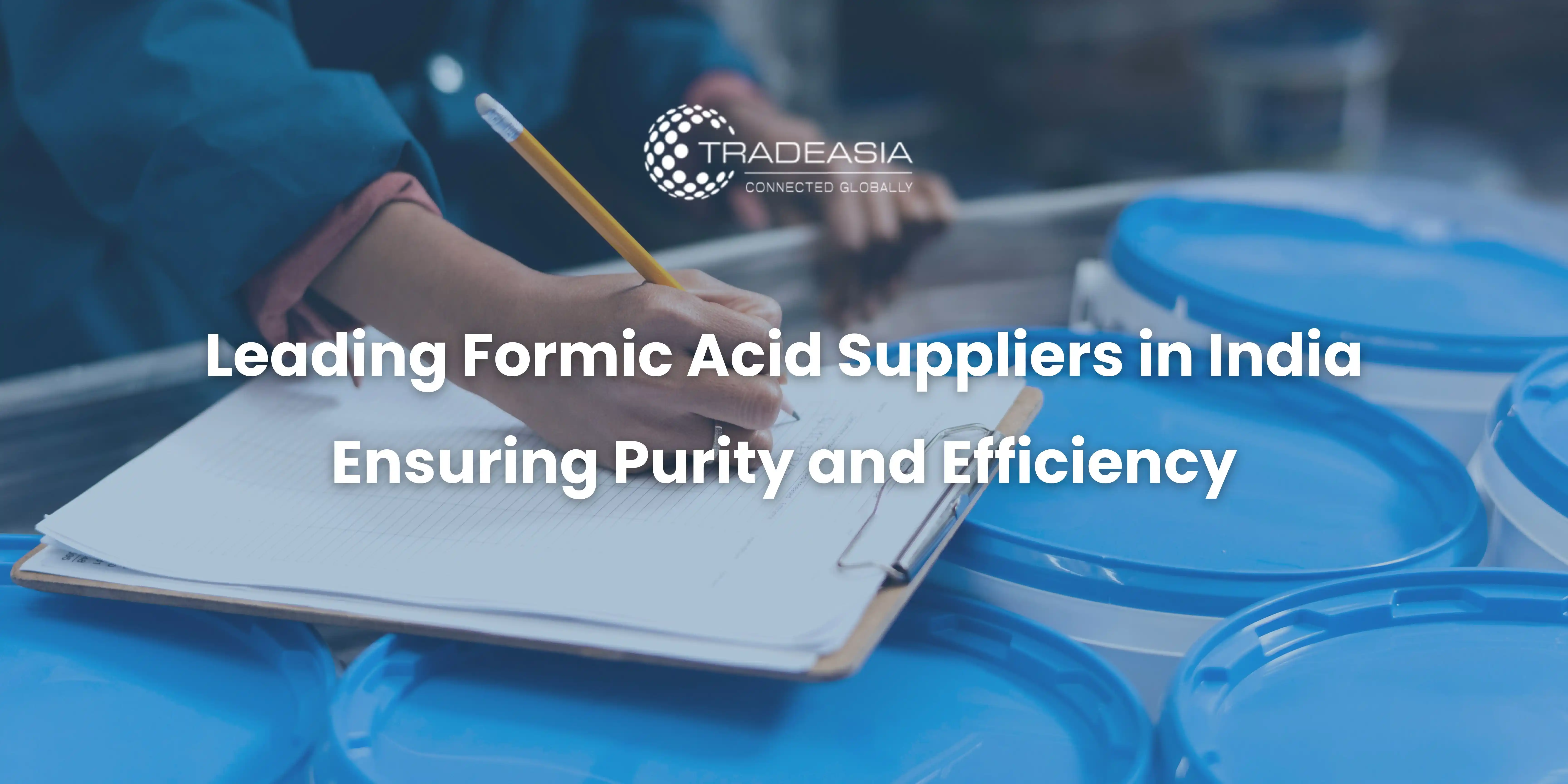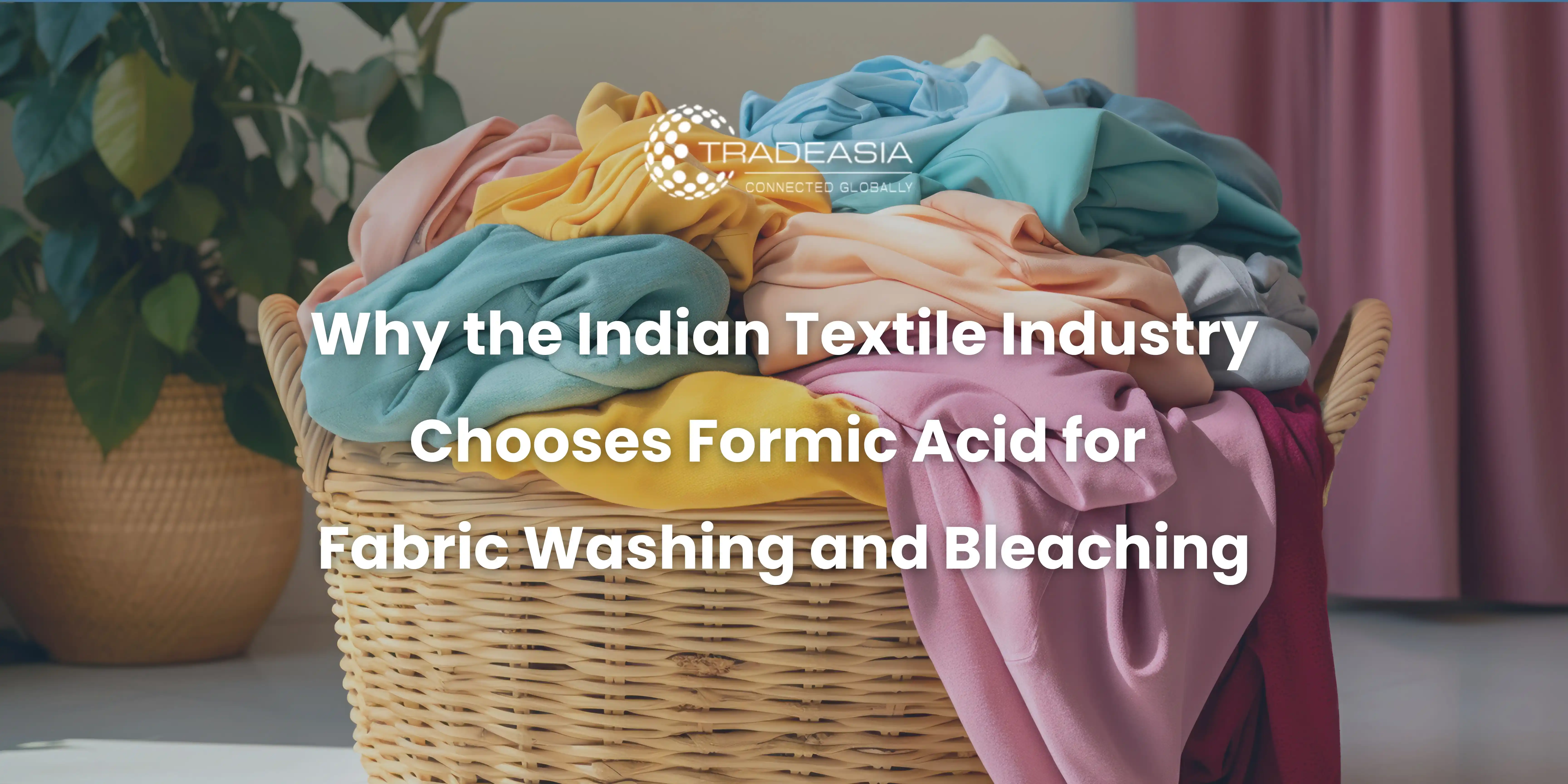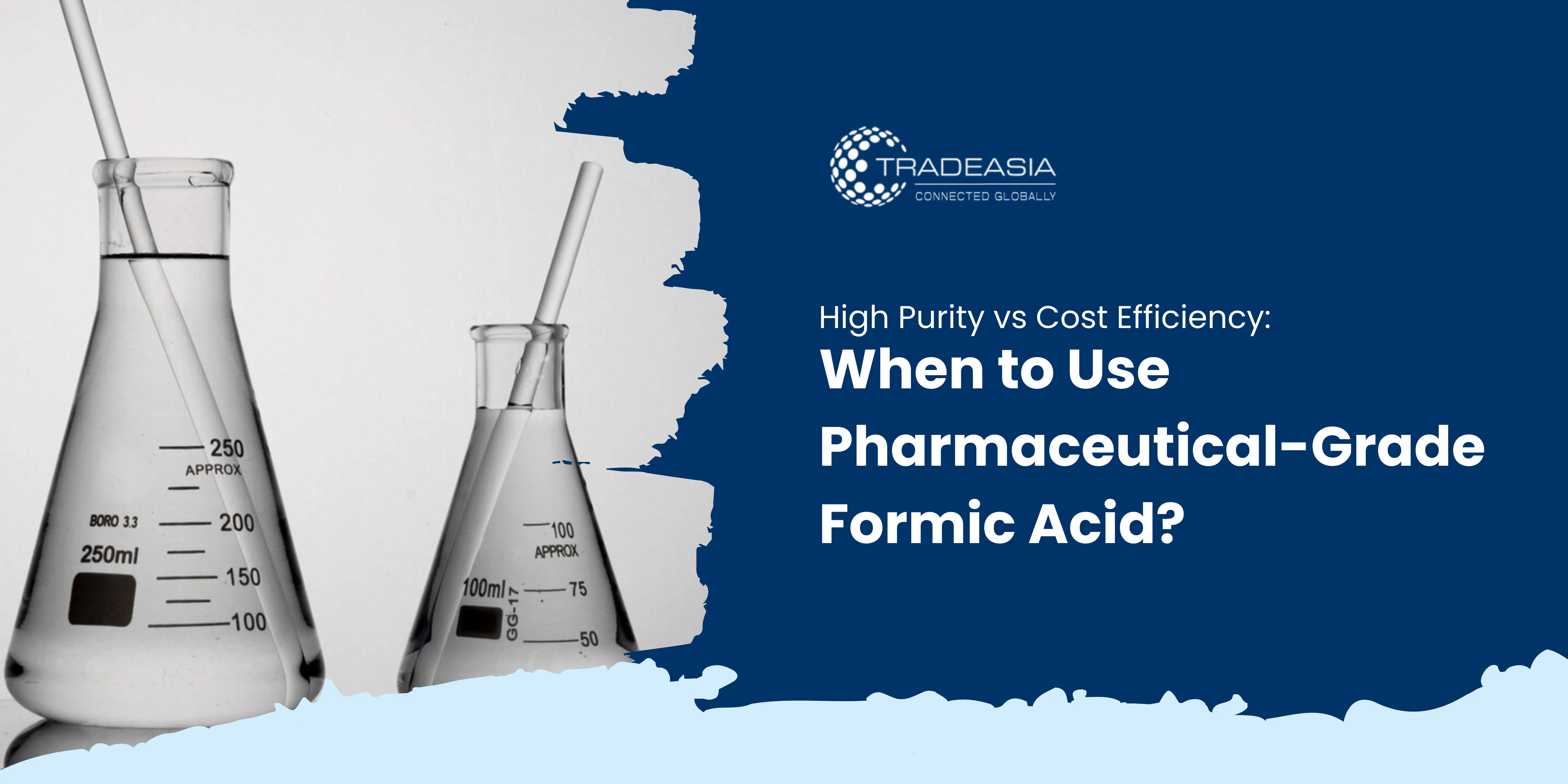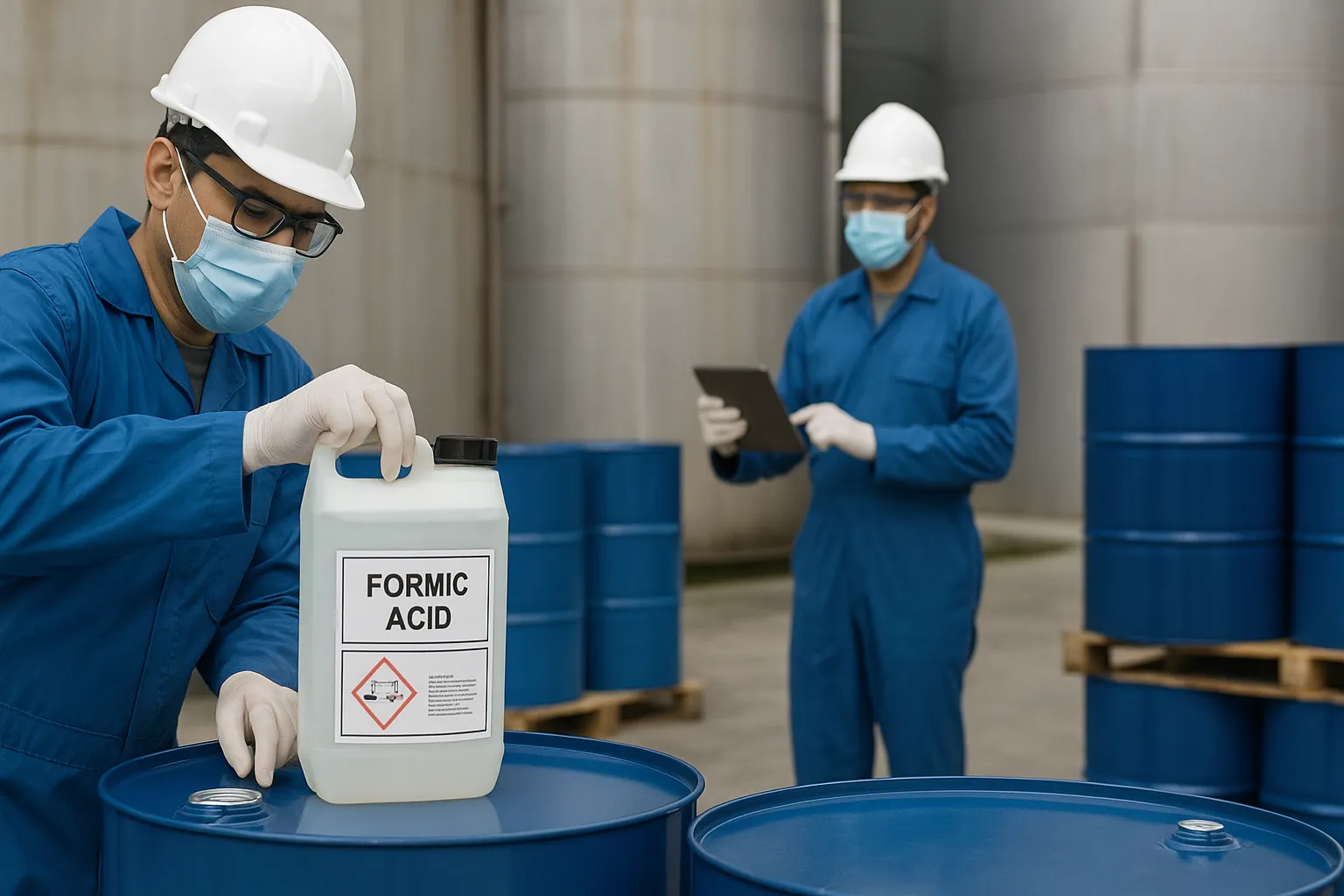Introduction
In the chemical industry, selecting the right acid for industrial applications is crucial for efficiency, cost-effectiveness, and safety. Formic acid is a widely used organic acid with applications ranging from textiles to agriculture. However, alternatives like acetic acid, propionic acid, and synthetic substitutes are often considered. This article examines whether formic acid outperforms its substitutes in the Indian market, analyzing effectiveness, cost, and environmental impact.
India’s growing chemical sector relies heavily on formic acid for its versatility. With increasing demand in leather tanning, animal feed preservation, and rubber production, understanding its advantages over substitutes is essential for businesses. We’ll explore real-world data, market insights, and comparative analyses to help you make informed decisions.
What Is Formic Acid and How Is It Used?
Formic acid (HCOOH) is the simplest carboxylic acid, known for its pungent odor and strong antibacterial properties. It occurs naturally in ant venom and is synthesized industrially for commercial use. In India, its primary applications include leather processing, where it acts as a deliming agent, and animal feed preservation, where it inhibits bacterial growth.
Beyond these uses, formic acid is employed in textile dyeing, rubber coagulation, and even as a descaler in household cleaning products. Its ability to lower pH levels efficiently makes it indispensable in industries requiring precise chemical control. For example, in the pharmaceutical sector, it serves as a solvent in drug formulation.
Common Substitutes for Formic Acid
Several substitutes compete with formic acid, each with distinct properties. Acetic acid, for instance, is milder and used in food preservation but lacks the antibacterial potency of formic acid. Propionic acid is another alternative, often preferred in grain preservation due to its lower corrosiveness.
Synthetic substitutes like citric acid and lactic acid are gaining traction in eco-conscious markets. However, these alternatives often require higher concentrations to achieve similar results, increasing costs. For example, in leather processing, acetic acid may require 20–30% more volume than formic acid for the same effect, impacting operational budgets.
Comparing Effectiveness: Formic Acid vs Alternatives
When evaluating effectiveness, formic acid stands out in antimicrobial efficiency and pH reduction. Studies show it is 50% more effective than acetic acid in silage preservation, reducing spoilage rates significantly. In rubber production, its fast coagulation properties shorten processing time, enhancing productivity.
However, substitutes like propionic acid excel in safety, being less corrosive to equipment. For industries prioritizing worker safety, this trade-off may justify higher costs. Yet, in large-scale applications like textiles, formic acid remains unmatched due to its rapid action and cost-efficiency.
Market Trends for Formic Acid in India
The Indian formic acid market is projected to grow at a CAGR of 4.5% from 2023 to 2030, driven by demand from agriculture and leather industries. States like Tamil Nadu and Maharashtra lead consumption due to their dense industrial clusters. Suppliers like Chemtrade Asia report a 15% annual increase in orders, reflecting rising adoption.
Global price fluctuations, however, impact local markets. In 2023, formic acid prices rose by 12% due to supply chain disruptions, prompting some businesses to explore substitutes. Despite this, its irreplaceable role in niche applications ensures sustained demand.
Environmental and Safety Considerations
Formic acid is biodegradable, making it environmentally preferable to synthetic substitutes. However, its high corrosiveness necessitates careful handling, unlike milder acids like citric acid. Industries must invest in protective gear and storage solutions to mitigate risks.
Regulatory bodies in India, such as the Central Pollution Control Board (CPCB), enforce strict guidelines on formic acid usage. Compliance with these standards ensures sustainable operations while maintaining efficiency. Alternatives with lower toxicity may appeal to eco-conscious brands, but their performance limitations often outweigh benefits.
Conclusion
While substitutes offer niche advantages, formic acid remains the most effective choice for many industrial applications in India. Its superior antimicrobial properties, cost-efficiency, and versatility make it indispensable. Businesses must weigh factors like safety and environmental impact but will likely find formic acid irreplaceable in critical processes.
For tailored solutions and reliable supply, partnering with trusted providers like Chemtrade Asia ensures access to high-quality formic acid. As market dynamics evolve, staying informed about trends and innovations will help industries maintain a competitive edge.




Leave a Comment